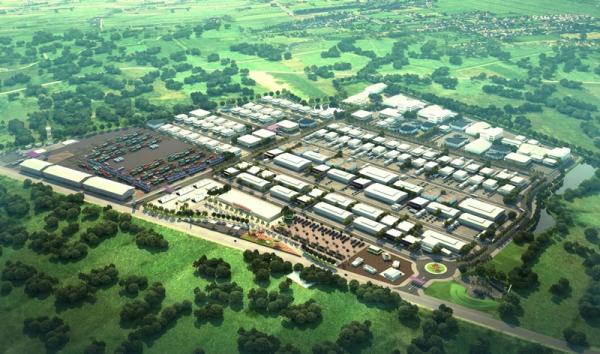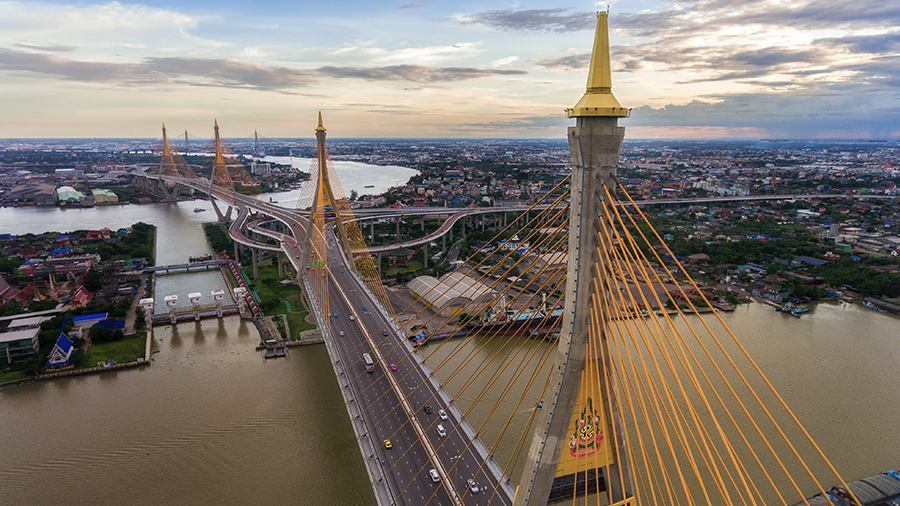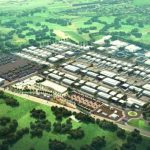Hej
Det är projekt av den här typen nedan som jag avser, det har pratats om dessa länge nu men än har inte så mycket hänt i dom norra delarna av Isaan, här investerar staten rejält i både infrastruktur, innovation och lockar företag till investeringar genom skattelättnader.
Tar man del av dessa och liknande projekt inser man snart att det inte är vare sig företagen eller slumpen som avgör var nya förstag hamnar geografiskt.
Special Economic Zones
Thailand’s Special Economic Zones (SEZs) are regions recently designated by the Special Economic Zone Development Board of the Thai Government. In these zones, the state has planned to provide support for infrastructure development, investment incentives, and administrative services to enable access to foreign workers based to stimulate economic development through attracting new small to medium enterprises (SMEs). Privileges such as, one-stop service provision, reduced taxation, and priority access to foreign labour are promised to businesses that invest in these zones.
1

Sa Kaeo is an example, where an SEZ is being developed on the Thai-Cambodia border as part of the Greater Mekong Sub-region Southern Economic Corridor used to transport goods from Thailand to Southern Vietnam. It is focused on industries such as agriculture, furniture, gems, electronics, plastics, medicine, tourism, and more.
Source:
Foreign Office, Royal Thai Government.
Thailand’s Special Economic Zones (SEZs) are regions recently designated by the Special Economic Zone Development Board of the Thai Government. In these zones, the state has planned to provide support for infrastructure development, investment incentives, and administrative services to enable...

thailand.opendevelopmentmekong.net
Eastern Economic-Zone är en annan satsning ifrån statens sida, även här är målet att skapa arbetstillfällen genom att staten satsar på infrastruktur, m.m och erbjuder skattelättnader i förhoppning om att erhålla 100 000 tals nya jobb.
Thailand’s Eastern Economic Corridor – What You Need to Know
June 29, 2018Posted by
ASEAN Briefing
By Bradley Dunseith

On February 1, 2018, the Thai parliament approved the law for trade and investment in the Eastern Economic Corridor (EEC). With the EEC, Thailand hopes to develop its eastern provinces into a leading ASEAN economic zone. The EEC straddles three eastern provinces of Thailand – Chonburi, Rayong, and Chachoengsao – off the coast of the Gulf of Thailand and spans a total of 13,285 square kilometers. The government hopes to complete the EEC by 2021, turning these provinces into a hub for technological manufacturing and services with strong connectivity to its ASEAN neighbors by land, sea and air. As of January 1, 2018, the EEC has attracted US$9.3 billion in promised FDI, according to data provided by Thailand’s Board of Investment (BOI).
The government expects US$43 billion (Thai Baht 1.5 trillion) for the realization of the EEC over the next five years. This funding will come from a mix of state funds, public-private partnerships (PPPs), and foreign direct investment (FDI). The government has identified four “core areas” essential in making the EEC a renowned economic zone: (1) increased and improved infrastructure; (2) business, industrial clusters, and innovation hubs; (3) tourism and; (4) the creation of new cities through smart urban planning. The government predicts the creation of 100,000 jobs a year in the manufacturing and service industry by 2020 through the EEC.
Read more about the Thai government's plans to turn three eastern provinces into a regional hub for technological manufacturing and services by 2021.

www.aseanbriefing.com
Mvh isan lover



